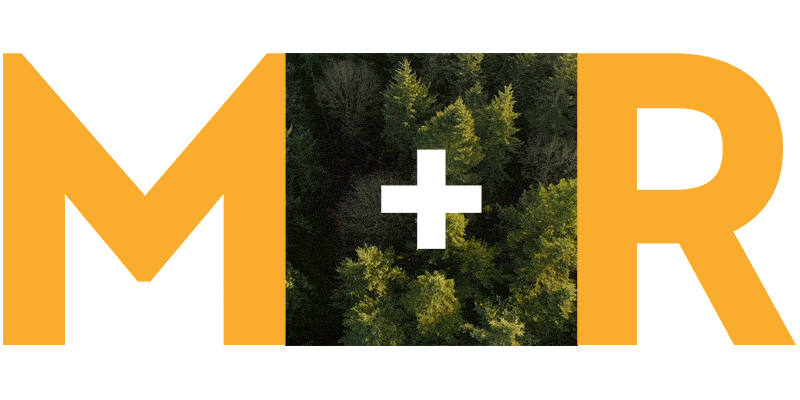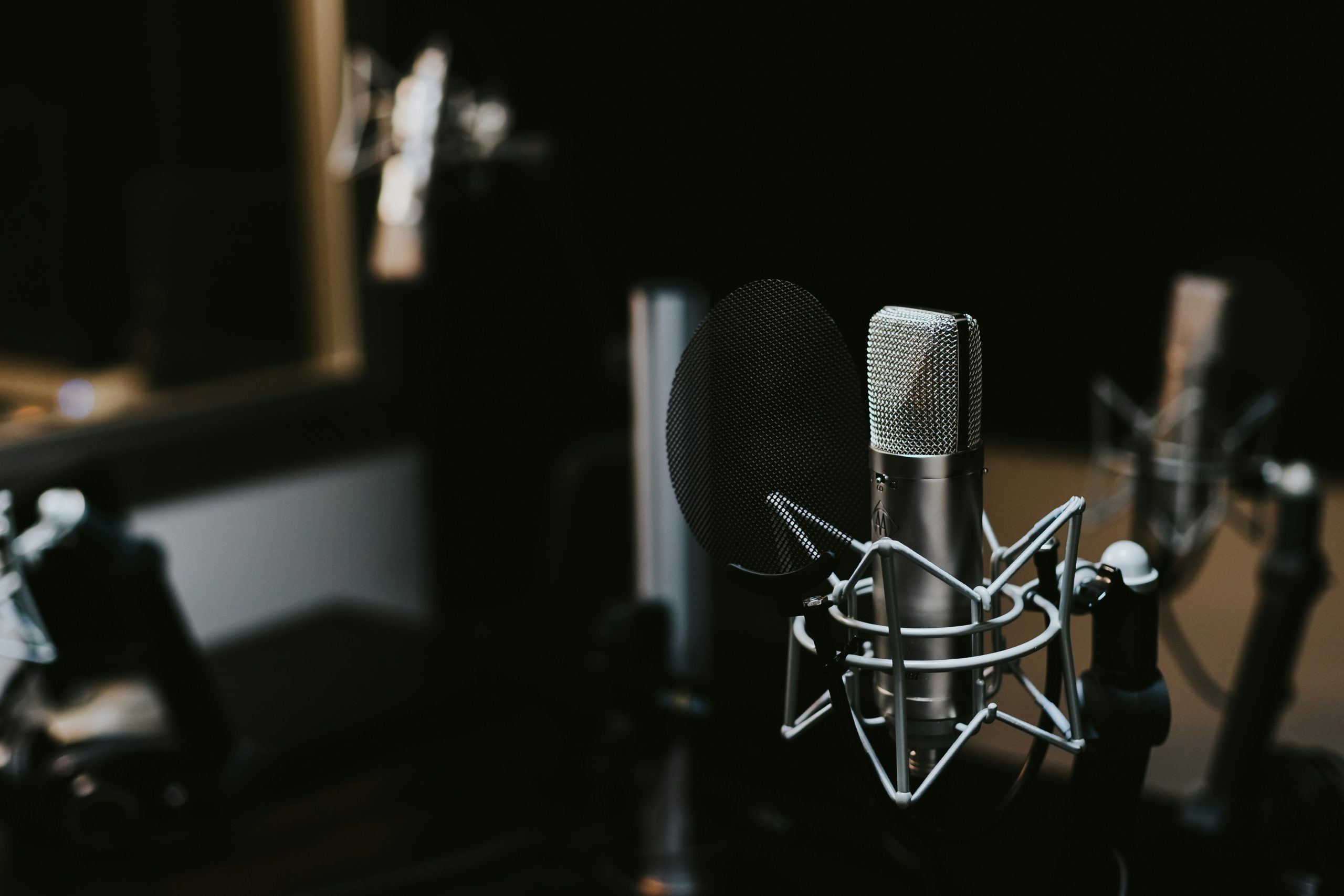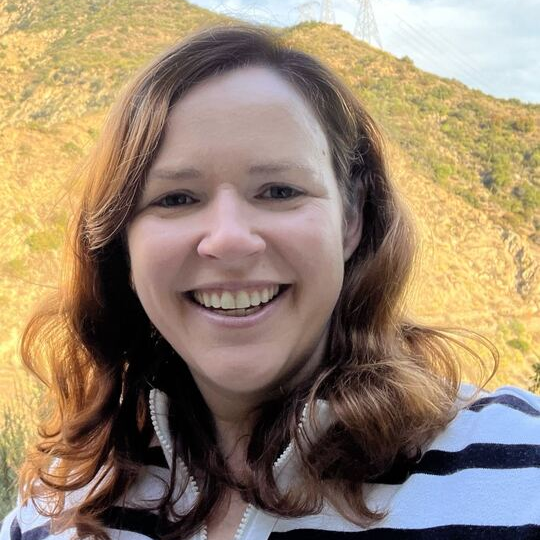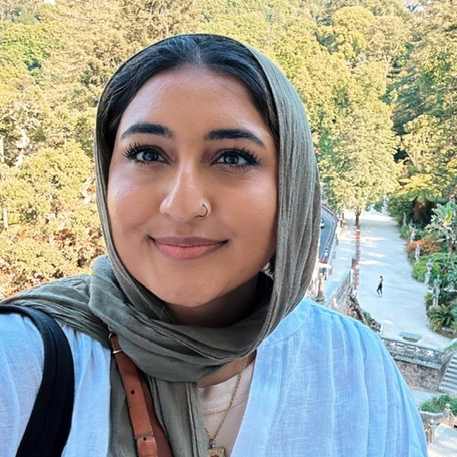When it feels a little too painful to tune into the news these days, what gets us over the hump is the opportunity to do it with smart, fun, empathetic podcast hosts like Krystal Ball on Breaking Points, Perry Bacon Jr. on his new TNR show Right Now with Perry Bacon, and Jordan Uhl on The Intercept Briefing.
And we aren’t the only ones turning to digital shows. Podcast listening is at record highs, with roughly 1 in 3 Americans listening to at least one show a week. These podcast listeners are more politically engaged than the general population, with an impressive 39% of weekly podcast listeners saying they always vote in primary elections, according to YouGov. And at a time when trust in legacy media is reaching record lows, Pew Research reports that listener trust of podcasts is through the roof: Nearly nine-in-ten of those who hear news on podcasts expect it to be accurate.
This past summer, Zohran Mamdani’s campaign rode these trends to victory. Your cause should, too.
Let’s take a small step back in time. Leading up to New York’s Mayoral primary on June 24, Mamdani appeared on at least 29 podcasts and digital shows spanning more than 13 hours of interviews. M+R Win’s media team listened to these appearances to determine what advocacy groups could learn from Mamdani’s digital show strategy.
In fact, we got the idea to dive into Mamdani’s online interviews because of an observation Breaking Points co-host Ryan Grim made on the podcast The Majority Report with Sam Seder. Grim observed that Mamdani “hit the podcast circuit pretty hard,” so we decided to take a listen to Mamdani’s podcast blitz and see what we could learn from him. Here are eight takeaways for advocacy groups hesitant about throwing themselves into the realm of digital shows, especially shows with a strong ideological perspective or a more freewheeling style than legacy media.
1. Podcasts allow you to unlock incredible fundraising and organizing opportunities.
Podcasts can help recruit donors and volunteers in ways that are not always possible on time-constrained platforms like radio and TV that often also have stricter standards around promotion. Most of the shows Mamdani was on gave him an opportunity to direct people to where they could get involved, even if the shows weren’t necessarily supportive of his candidacy.
Krystal Ball closed out her March 6 interview with Mamdani on Breaking Points, one of the most-listened-to political podcasts, with the question, “How can people support you if they’re so inclined?” That gave Mamdani the opportunity to make a 45-second pitch asking people to become donors or canvassers and directing them to his campaign’s website.
To further illustrate this point, when Grim was on The Majority Report, he shared an exchange he had with a woman at Mamdani HQ on the night of his primary win. “She said, ‘Hey, I love Breaking Points and I love The Majority Report…’ And she said she constantly wanted to watch these programs to get updates on Zohran,” recounted Grim. “So that’s the kind of person that’s going to then volunteer for the campaign. Because of this independent media pipeline, you can actually reach them.”
2. By going on progressive shows, you can deepen your support from hosts who can be influential leaders for your cause.
Going on progressive shows that are generally aligned with your mission isn’t just about the number of listeners reached with that one interview; it is also about forming a deeper relationship with the host, who is an influential thought leader and can continue to rally their listeners. And we all know how important influencers are to winning campaigns and changing hearts and minds.
Podcast host Jack Cocchiarella opened his interview with Mamdani with a full-throated endorsement of the candidate to his one million YouTube followers. Victory Light’s Kid Mero closed his interview with Mamdani with a super authentic, super relevant call to action to his listeners. “Talk to your aunties, talk to your cousins, talk to your nephews, your nieces, your uncles, your grandpa, your grandma, titi, tio, everybody. This man needs to be the next mayor of New York City,” said Kid Mero. “He wants to freeze your rent, he wants city-owned grocery stores man so you don’t gotta go to Gristides and pay $38 for California rolls. He’s got plans that will make sense for us. I might be able to move back to the Bronx! That would be the greatest day of my life, bro. Please let’s make it happen.”
3. Going on shows that aren’t aligned with you ideologically opens up productive dialogue with skeptical and even oppositional questions.
The extended digital show format allows for in-depth discussion and much more nuanced responses than a 5-minute TV hit, so it’s the perfect vehicle to actively engage with skeptics.
Mamdani faced opposition to his policy platform in interviews with shows like The Bulwark Podcast hosted by Tim Miller and on New York’s Finest: Retired and Unfiltered Podcast hosted by 2 retired NYPD cops. In response, Mamdani demonstrated how to acknowledge disagreement, frame it as something normal, and welcome the opportunity to talk through it.
On The Breakfast Club, a show with 5.9 million YouTube subscribers, Mamdani was challenged on his support for congestion pricing. Mamdani names up front that he has a different perspective than the host and is going to be honest about it and not try to skirt the issue. “So I believe that the one thing that New Yorkers hate more than a politician they disagree with is one they can’t trust,” says Mamdani. “So I’m going to tell the answer I say in every room. I am somebody who has supported congestion pricing.” You can then hear DJ Envy crying out in pain. “Ohhh! Jesus,” he exclaims. “I know, I wanted to tell you the truth,” responds Mamdani, acknowledging the host’s visceral reaction. He then takes the next 3 minutes to outline in detail why he supports congestion pricing coupled with making public transportation more accessible so that fewer people have to pay that $30 entrance fee.
4. Pick the right show to address attacks head-on.
Mamdani faced millions of dollars in attack ads from Cuomo and his allies for his support for Palestinian rights. Mainstream media followed suit, giving outsized attention to his foreign policy positions rather than his actual platform for New York City. An analysis by The Bloc found that 60% of national broadcast mentions of Mamdani were centered on Israel or false claims of antisemitism.
In response, Mamdani dove headfirst into this conversation with Peter Beinert, a Jewish journalist supportive of Palestinian human rights, in an interview that aired on both The Beinart Notebook and the On the Nose podcast affiliated with the magazine Jewish Currents. The 29-minute interview explored Mamdani’s positions on the Boycott, Divest, Sanctions movement, military aid to Israel, and a one-state versus two-state solution. Mamdani used the interview to tell his story on his own terms with a priority audience he was looking to win over for his campaign.
5. You can engage with a more uninhibited, casual, even crude space that is part of digital culture while still maintaining your own standard of decorum.
Mamdani showed that you can go on platforms that are more freewheeling and less buttoned-up while still maintaining your own level of professionalism and seriousness. Undeterred by the name, Mamdani went on the Unf*cking the Republic podcast, where the host jokingly suggested Mamdani should support selling off Staten Island, the city’s most conservative borough, to New Jersey. Mamdani handled it well by redirecting the tongue-in-cheek remark back to his message. “People like to rag on Staten Island, but as a guy who is fighting fare-free public transit, the inspiration is the ferry. That’s Staten Island’s gift to New York City.”
With the proliferation of shows across digital platforms, audiences are getting their news on politics and policy from shows that are less formal and controlled than legacy television and radio shows. Advocates can reach more people by maneuvering in these spaces without writing them off as unserious or unimportant. At the same time, advocates will better connect with these audiences by staying true to themselves when appearing on these shows, not trying to shape-shift into a cooler version of themselves that comes off as pandering or cringeworthy.
6. Investing in podcast and digital show long-form interviews pays off with opportunities to talk policy.
While organizations are used to making time for shorter media requests, it’s worth it to make time for the longer format of podcasts and digital shows. Many organizations have complicated or nuanced issues they are working on, and these longer conversations allow for deep dives on those larger topics — things like zoning, housing, and transportation for Mamdani. Mamdani was extremely busy during his primary campaign, raising $8 million from 17,000 donors and recruiting 40,000 volunteer canvassers to knock on more than one million doors. But he understood the importance of making the time for extended interviews with the pods and digital shows. His longest interviews were HasanAbi at 65 minutes, Bad Faith at 60 minutes, Chapo Trap House at 57 minutes, and You Decide with Errol Louis at 52 minutes.
7. Digital show hits = top notch social media on your own channel.
Mamdani’s campaign has been celebrated for their excellent use of social media, and amplifying podcast appearances was an integral part of that strategy. The Mamdani team routinely turned podcast interviews into shortform content for its social media feeds. Here are some examples from The Breakfast Club, Under the Desk News, Throwing Fits, HassanAbi, Breaking Points and Adam Mockler. Zohran’s interview with Subway Takes, a short-form video series, racked up more than 700,000 likes on Instagram and more than 3 million views on YouTube, the largest YouTube audience of all the content we reviewed.
8. If you don’t engage with podcasts and digital shows, you are ceding the space to your opponents.
Andrew Cuomo was notably absent from the podcast and digital show space, with our search turning up only one podcast interview in the run-up to the June 24 primary on The Stephen A. Smith Show. Discounting the space left it entirely to Mamdani.
During multiple interviews with Mamdani, podcast hosts mentioned that they had reached out to Andrew Cuomo for an interview, but he hadn’t accepted. NY1’s Errol Louis remarked, “I should not pass up this opportunity to renew our invitation to Andrew Cuomo to come talk to me on this podcast, on television or anywhere else.” Louis argued that avoiding interviews had broader implications. “It’s just not the right thing to do. Because how you run is how you govern. Among other things, you’re not just trying to win a race, you’re also creating the basis on which you are going to govern. ”
So how can your organization follow Mamdani’s example?
It’s hard for comms shops of any size to keep track of the ever-expanding media ecosystem. There are now hundreds of significant digital shows in the politics, news, and policy space — with more popping up every day. That’s where M+R Win can help! We specialize in connecting mission-driven organizations with digital shows in ways that create a win-win. We’d love to work with you, too — just drop us a line!
You can reach Anne and Marium at athompson@mrss.com and mnavid@mrss.com.
29 Digital Shows that Zohran Mamdani hit on the leadup to the Primary
Twenty-four of the following 29 shows were posted on YouTube, which provides more readily available metrics on audience size than platforms like Apple Podcasts, Spotify, or Substack. YouTube views and subscriptions numbers were pulled on October 7, 2025.




